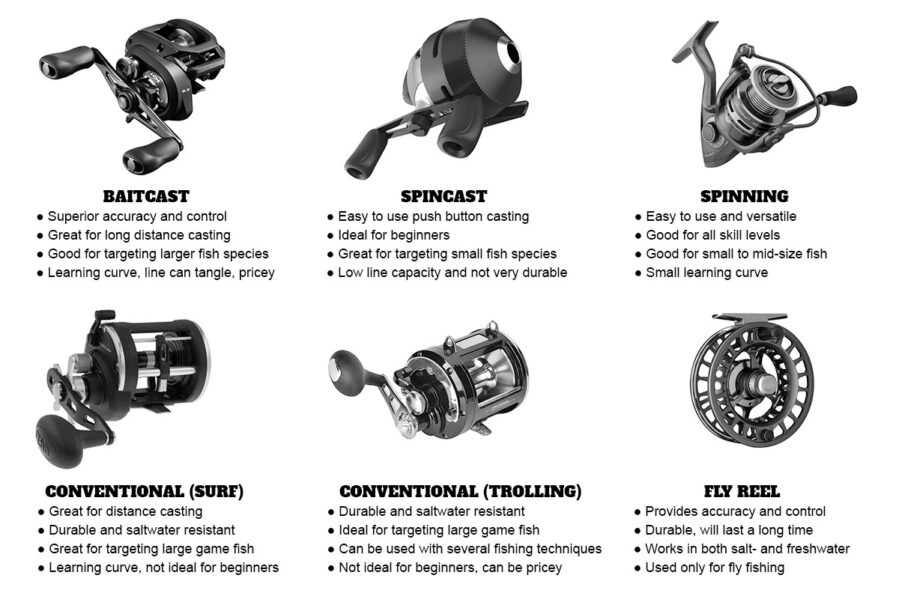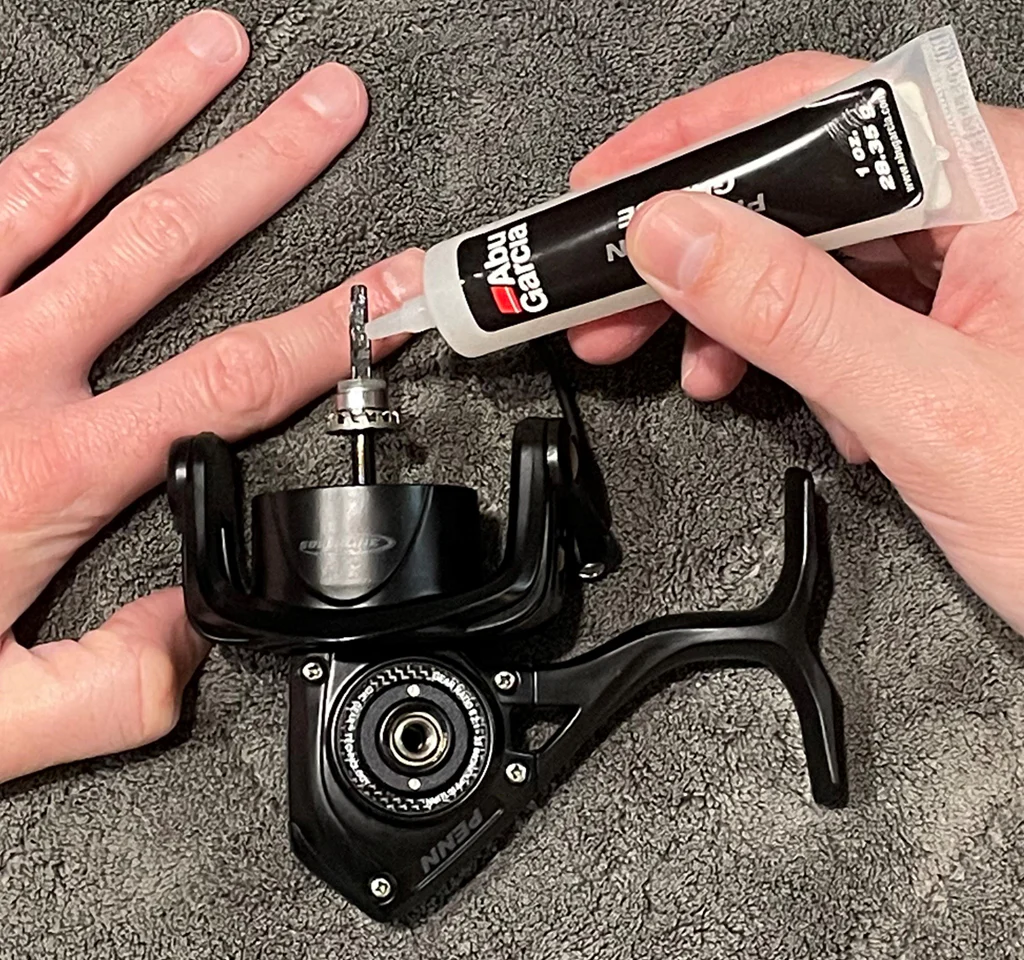When it comes to buying fishing reels, anglers often make several common mistakes that can affect their fishing experience. Avoiding these pitfalls and making informed decisions is crucial. Here are some key tips and considerations to help anglers choose the right reels:
Understand the Types of Reels
Familiarize yourself with the different types of reels (spinning, baitcasting, and fly reels) and their specific uses. Each type is designed for particular fishing styles and conditions. Choosing the wrong type can hinder performance and make the fishing experience less enjoyable.

Consider the Target Species
Different reels are suited for different types of fish. Ensure the reel you choose is appropriate for the species you intend to catch. This involves considering factors such as the size and strength of the fish, as well as the environment in which you’ll be fishing.
Match the Reel with the Rod
Properly matching your reel with your rod is essential for optimal performance. The reel should complement the rod’s power, action, and line weight specifications. An imbalanced setup can lead to poor casting, reduced sensitivity, and increased fatigue.

Budget Wisely
Avoid the mistake of basing your purchase solely on price. While budget constraints are important, focusing only on the cheapest options can lead to subpar performance and durability. Research and invest in a reel that offers the best value for your money without compromising quality.
Evaluate Gear Ratio and Drag System
The gear ratio of a reel determines how quickly you can retrieve your line, while the drag system controls the resistance when a fish pulls on the line. Choose a gear ratio and drag system that suit your fishing style and the specific conditions you’ll face. A balanced setup ensures better control and efficiency.
Check for Durability and Material
Inspect the materials used in the reel’s construction. High-quality materials like aluminum, stainless steel, and carbon fiber offer better durability and resistance to corrosion. This is especially important if you plan to fish in saltwater environments.
Test the Reel’s Smoothness and Functionality
Before purchasing, test the reel’s smoothness by turning the handle and checking for any roughness or sticking points. A smooth and well-functioning reel enhances casting accuracy and reduces line twists and tangles.
Read Reviews and Seek Recommendations
Consult online reviews and seek recommendations from experienced anglers. Learning from others’ experiences can provide valuable insights into the performance and reliability of different reel models.
Consider Maintenance Requirements
Understand the maintenance needs of the reel you’re considering. Regular cleaning and lubrication are essential to prolonging the reel’s lifespan and ensuring consistent performance. Choose a reel that is easy to maintain and comes with clear maintenance instructions.

Beware of Overcomplicated Features
While advanced features can be appealing, they can also complicate the fishing experience for beginners. Focus on the essential features that align with your fishing needs and avoid getting overwhelmed by unnecessary complexities.
By keeping these tips in mind, anglers can avoid common mistakes and make informed decisions when purchasing fishing reels. This approach not only enhances the fishing experience but also ensures that the investment in equipment is worthwhile and long-lasting.

Robert Smith is the proud owner of Bait Barrels and Bows, a premier fishing sports store established in 1989. With over three decades of experience in the industry, Robert has honed his skills to become an expert angler, sharing his vast knowledge and passion for fishing with enthusiasts around the world. Through his store and writings, Robert provides invaluable tips and guidance, helping both novice and seasoned anglers improve their techniques and enjoy the sport to its fullest. His commitment to the fishing community is evident in his dedication to quality products and excellent customer service.

